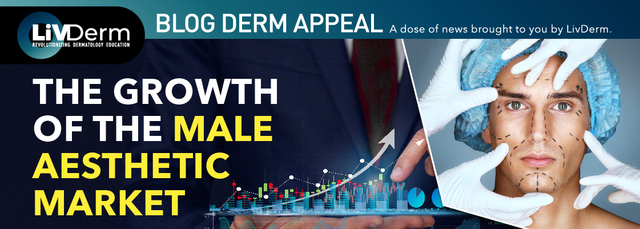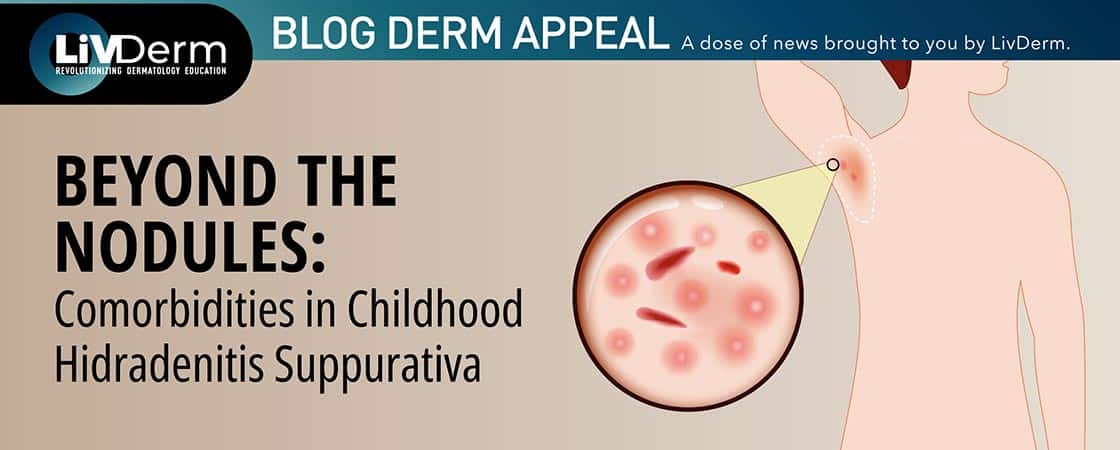The global aesthetic medicine market is expected to reach USD 332.1 billion by the year 2030, indicating that this market is set to continue on its steady upward trajectory. While women represent the largest proportion of aesthetic medicine patients, recent reports demonstrate more and more men are opting for aesthetic procedures.
According to the American Society of Plastic Surgeons (ASPS) men accounted for around 8% of the total cosmetic procedures in 2020. Although this is a small percentage compared to their female counterparts, the report demonstrates an overall 8% increase in the total number of cosmetic procedures by men from 2000 to 2020. While this increase may not be considered an exponential growth, it does indicate a stable upward trend.
Most popular aesthetic procedures
Men appear to be especially interested in minimally invasive cosmetic procedures involving little to no downtime. The ASPS report shows an overall 29% increase in minimally invasive procedures from 2000 to 2020 among the male population. Among the most popular treatments in 2020 were botulinum toxin, laser skin resurfacing, laser hair removal and soft tissue fillers. Laser skin resurfacing procedures in fact, jumped a huge 482% from 2000 to 2020 and soft tissue fillers were up by 137%. Botulinum toxin treatments have also seen a major increase of 182% when compared to 2000. These injectable procedures have seen such a dramatic increase among men that it has been termed “Brotox.” In 2020 alone, over 265,000 botulinum toxin procedures were administered to male patients. As men turn to this minimally invasive treatment to take care of their crows feet and frown lines, the “Brotox Boom” shows no signs of slowing.
Cosmetic surgical procedures, although less popular overall, showing a decrease of 27% from 2000, have shown significant increases in certain procedure types from 2000. Cheek implants grew by 1616% and buttock lifts by 644%. Among the more popular male surgical procedures in 2020 were nose reshaping, eyelid surgery, cheek implants and liposuction.
There are a few reasons provided for men preferring minimally invasive procedures. One of the main factors is the short (or sometimes nonexistent) recovery period. These types of procedures involve very little aftercare on their part, meaning they can usually get the procedure done and continue with their usual daily activities. Another important factor is a desire for natural-looking results. Although cosmetic procedures in men are on the increase, men typically prefer not to look enhanced, opting for procedures that provide discreet results.
Why the growth in the male aesthetic market?
The reasons behind the growth of the male aesthetic market tend to be the same as those that have driven the overall aesthetic market expansion.
For one, the stigma previously associated with cosmetic surgery has reduced significantly, meaning it is now more accepted and commonplace than before. Treatments are now more easily accessible and available. This has in turn resulted in making some of the procedures more affordable.
People are now also more image-conscious. There is an almost competitive need to look and feel young and beautiful. Social media has played a large part in this, but so too has what is referred to as the ‘zoom boom’. During the Covid-19 pandemic when most people had switched to working from home, much of their time was spent staring at themselves on a screen. This gave them time to carefully inspect their various wrinkles and dark spots, making them more aware of their facial features and areas of concern. Overall, social media and the zoom boom have resulted in making people more aware of what they look like.
Another key factor related to the growth of the aesthetic market as a whole is an increased awareness of general health and wellbeing. As people become more committed to living healthy lifestyles, looking and feeling good has naturally followed suit. Undergoing simple cosmetic and anti-aging procedures helps many people to feel good about themselves and they feel they are doing their part in staying fit and healthy.
Moreover, minimally invasive procedures are considered low risk as it cuts out the need to literally go ‘under the knife.’ This makes them more popular and desirable, as treatment is quick and includes little to no downtime. Added to that are the ever-increasing new and emerging technologies and treatment options that continue to make cosmetic procedures an easy, quick and safe option.
Special considerations for the male patient
When treating male patients, it is vital for practitioners to have a clear understanding of the comparable elements that differentiate them from women in their needs and aesthetic concerns. The ways in which they are marketed to, approached and communicated with can be vastly different. Thus, providers must develop specific methods in managing their male aesthetic patients.
While men and women may share the same needs in relation to how they want to look and feel, biology dictates certain anatomical differences that need to be taken into account. Men, for example, tend to have larger and tighter muscles than females as well as increased skin thickness. Their skulls are also larger and shaped differently to females. Particular treatments will therefore be administered differently for each gender.
Some men may also have a less-direct style of communication, asking fewer questions about the procedure or stating their desired results less firmly. Providers can adjust their consultation style to account for these differences when addressing a male patient versus a female patient, perhaps checking in more often with them in case of questions or concerns.
Key takeaway
While women continue to dominate the aesthetic market, it is essential to recognize the increasing number of men coming forward for cosmetic treatments. This necessitates an obligation to understand the driving force behind the steadily increasing male aesthetic market and how aesthetic practitioners can more effectively and efficiently cater to this patient group.
Sources:
- https://www.plasticsurgery.org/documents/News/Statistics/2020/cosmetic-procedures-men-2020.pdf
- https://iapam.com/understanding-men-in-the-aesthetic-market
- https://www.theaestheticguide.com/aesthetic-guide/rise-male-aesthetics-abundance-potential-or-unfounded-hype
- https://modernaesthetics.com/articles/2014-july-aug/cornering-the-male-aesthetic-market
- https://lynton.co.uk/top-5-aesthetic-treatments-men-are-looking-for/
- https://www.policybee.co.uk/blog/male-aesthetics-industry-statistics-2022
- https://www.verifiedmarketresearch.com/product/male-aesthetics-market/
- https://www.venusconcept.com/reports/GrowthInAestheticMarketForMen.pdf
- https://www.plasticsurgery.org/news/blog/brotox-what-is-it-and-why-is-it-popular

















